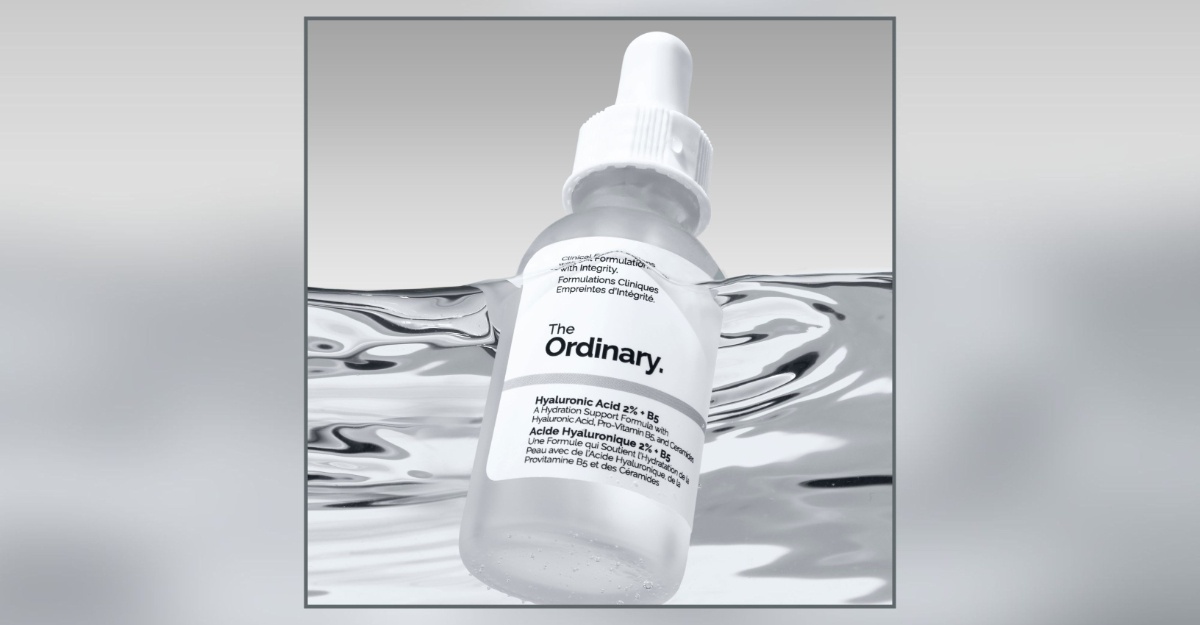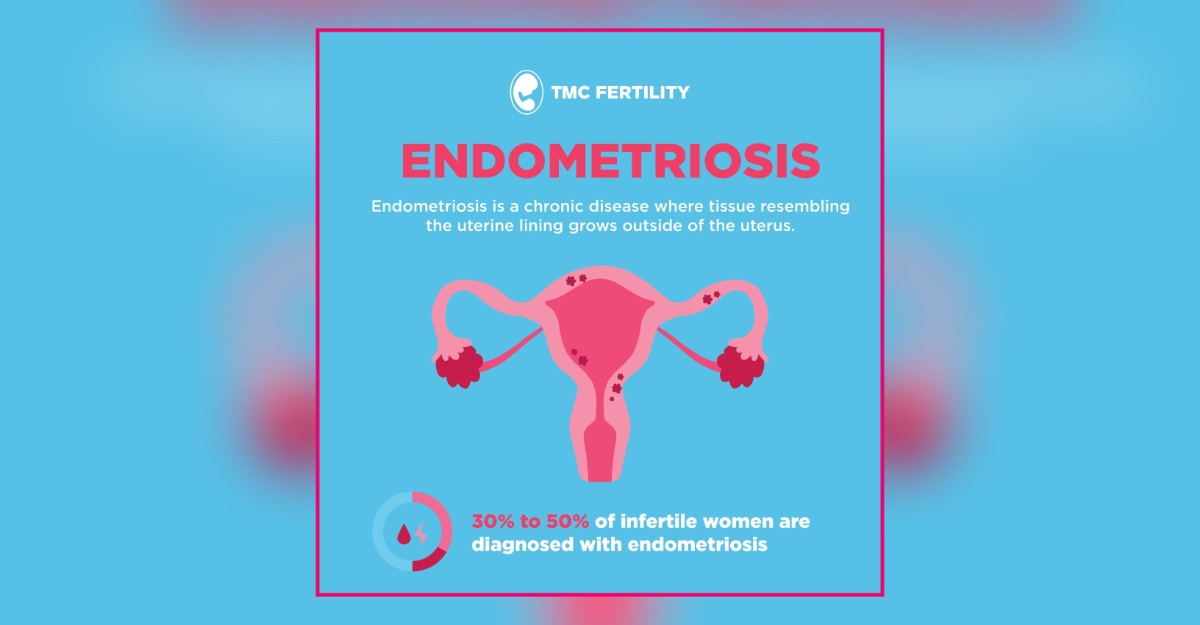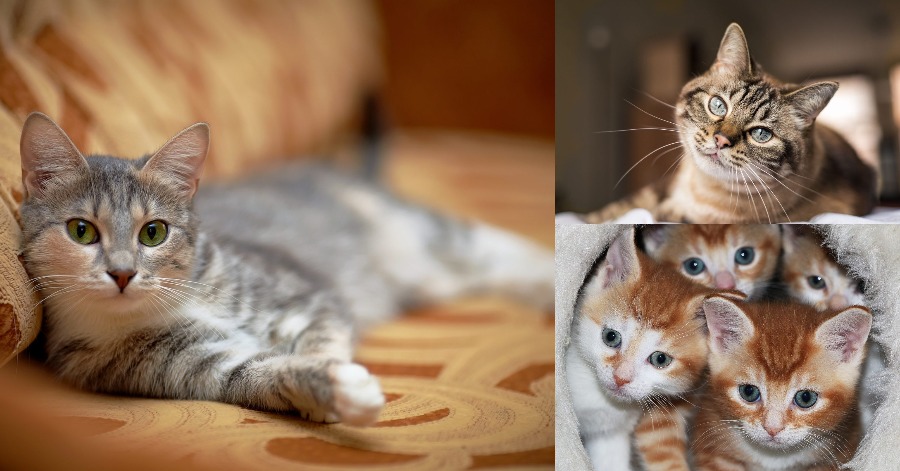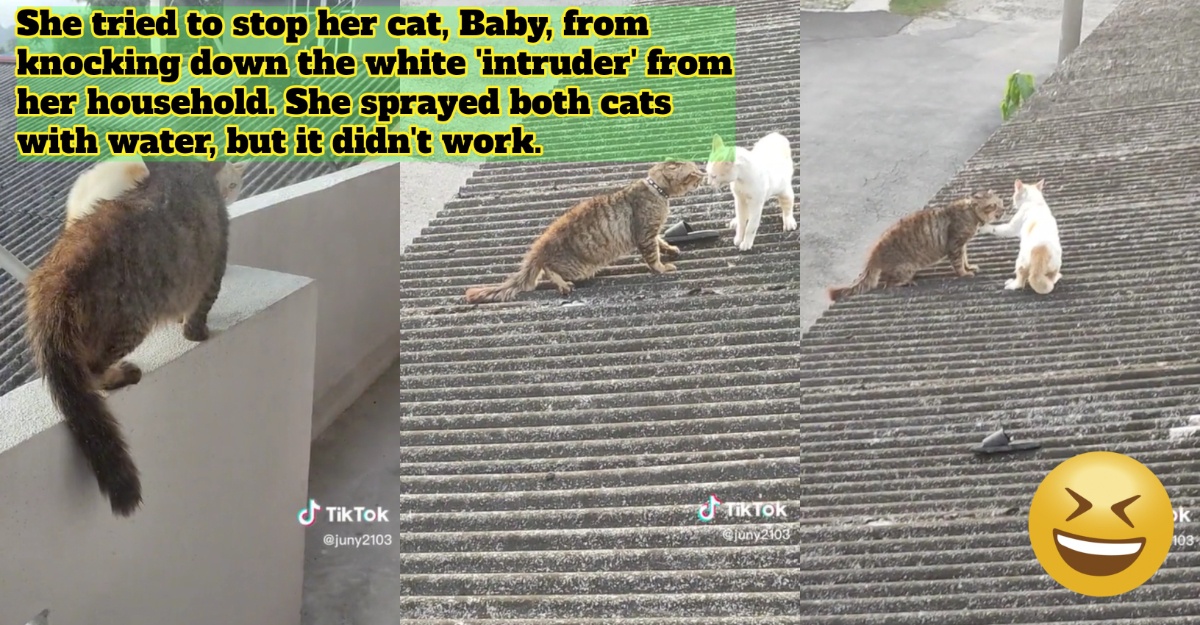The cat is actually a domestic species of small carnivorous mammal. It is the only domesticated species in the family Felidae and is often referred to as the domestic cat to distinguish it from the wild members of the family. A cat can either be a house cat, a farm cat, or even a feral cat which the latter ranges freely and avoids human contact. Domestic cats are valued by humans for companionship and their ability to hunt rodents. Cats are also one of the most familiar animals that are taken as pets.
Cats, just like any other animals could fall sick and also be in pain. These are some of the most prevalent cat diseases. Since cats can catch these five illnesses from other cats in your house, on the street, or in the shelter, it is important to keep an eye on them and take them to the vet if they start exhibiting any odd symptoms or behavior.
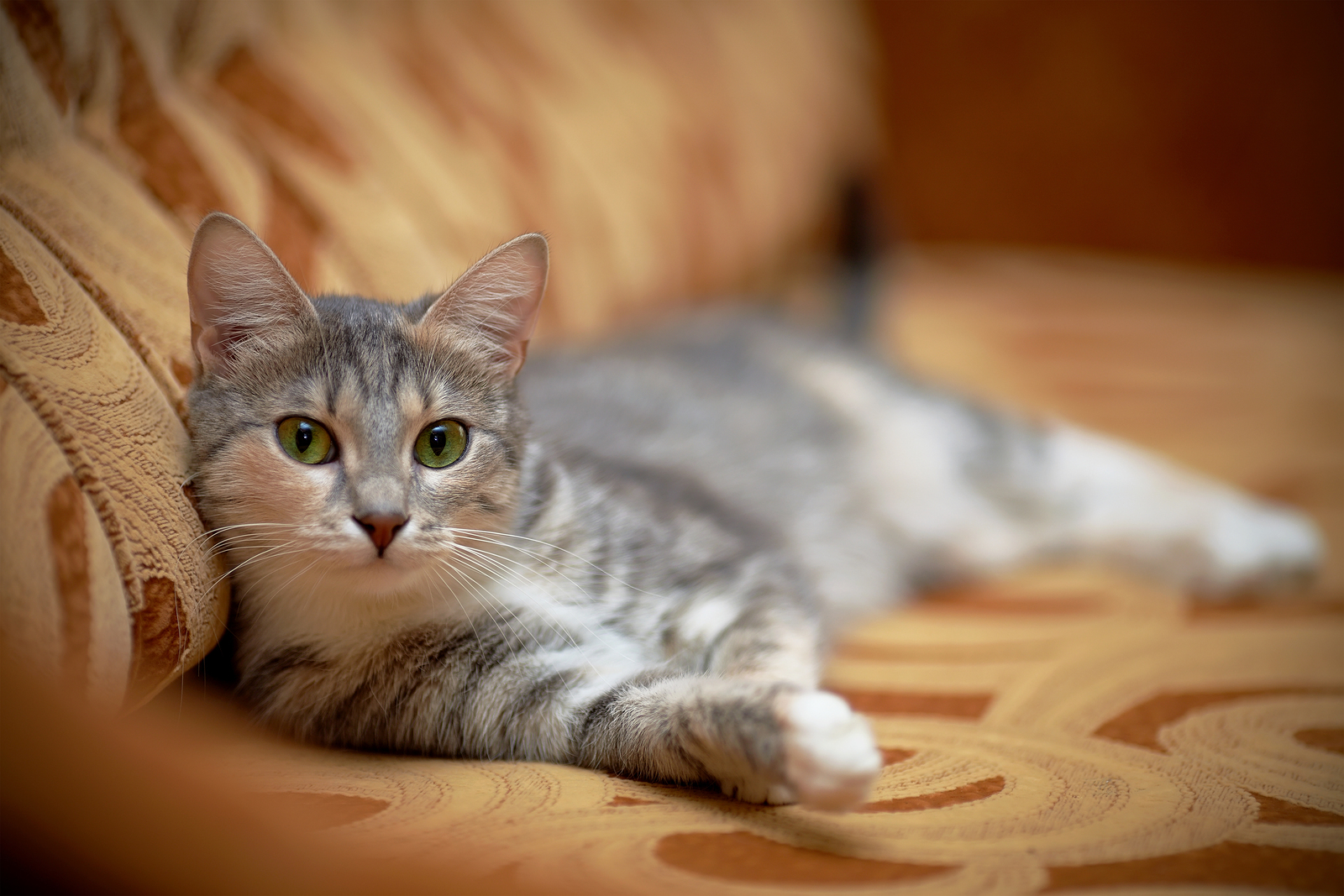
Picture: Hill’s Pet Nutrition
1) Diabetes
Excessive thirst and urination can also signal diabetes in a cat. High levels of sugar in the blood can overwhelm the ability of the kidney to filter glucose, allowing sugar to ‘spill out’ of the blood and into the urine. This high urine glucose concentration can actually pull excessive amounts of water into the urine, resulting in increased urine volume, increased urinary water loss, a propensity for dehydration, and a compensatory increase in thirst. In rare cases of uncontrolled diabetes, cats may experience damage to the nerves in the hind limbs, resulting in ‘plantigrade’ stance of the hind limbs (walking or standing with their hocks on or close to the ground). This is not painful, and will often resolve with treatment.
Injectable insulin is a mainstay of treatment for feline diabetes. Unlike humans with Type II diabetes, oral medications to reduce blood sugar such as glipizide have not shown to be consistently effective in cats. There are multiple types of insulin preparations that can be used for cats in the treatment of diabetes, such as lente insulin (Vetsulin), ProZinc, or glargine insulin. These types of insulin vary in cost, duration of action, and concentration, so it is important for an owner to discuss the pros and cons of each type with their veterinarian when deciding which insulin is best for their cat.
2) Leukemia
Feline leukemia virus (FeLV) is a retrovirus that infects cats. FeLV can be transmitted from infected cats when the transfer of saliva or nasal secretions is involved. If not defeated by the animal’s immune system, the virus weakens the cat’s immune system which can lead to diseases that can be lethal. Because FeLV is cat-to-cat contagious, FeLV+ cats should only live with other FeLV+ cats. FeLV is categorized into four subgroups, A, B, C, and T. An infected cat has a combination of FeLV-A and one or more of the other subgroups. Symptoms, prognosis, and treatment are all affected by subgroup.
3) Rabies
Rabies is an acute viral infection of the nervous system that affects mainly carnivores and bats, although it can affect any mammal. It is caused by the rabies virus. Once signs appear, it is fatal. Rabies is found throughout the world, although a few countries are declared rabies-free due to successful elimination standards. Islands that have a strict quarantine program in effect are often rabies-free. No cat-to-cat rabies transmission has been recorded, and no feline strain of rabies virus is known. However, cats are the most commonly reported rabid domestic animal. The virus is present in the saliva of rabid cats, and people have developed rabies after being bitten by a rabid cat. Reported cases in domestic cats have outnumbered those in dogs.
4) Heartworm
Heartworm disease is a serious disease that results in severe lung disease, heart failure, other organ damage, and death in pets, mainly dogs, cats, and ferrets. It is caused by a parasitic worm called Dirofilaria immitis. The worms are spread through the bite of a mosquito. The cat is the definitive host, meaning that the worms mature into adults, mate, and produce offspring while living inside a cat. The mosquito is the intermediate host, meaning that the worms live inside a mosquito for a short transition period in order to become infective (able to cause heartworm disease). The worms are called “heartworms” because the adults live in the heart, lungs, and associated blood vessels of an infected animal.
5) Hyperthyroidism
Hyperthyroidism is a common disease in cats, and mostly afflicts cats middle-aged and older. Also called thyrotoxicosis, hyperthyroidism is caused by an increase in the production of thyroid hormones (known as T3 and T4) from an enlarged thyroid gland in a cat’s neck. In most cases, enlargement of thyroid glands is caused by a non-cancerous tumor called an adenoma. Some rare cases of hyperthyroid disease are caused by malignant tumors known as thyroid adenocarcinomas.
Although the cause of feline hyperthyroidism is not known, possible contributing factors include deficiencies or excesses of certain compounds in the diet and chronic exposure to thyroid-disrupting chemicals in food or the environment. Thyroid hormones affect nearly all of the organs in the body; therefore, thyroid disease often causes secondary problems.
Sources: Policygenius.

















